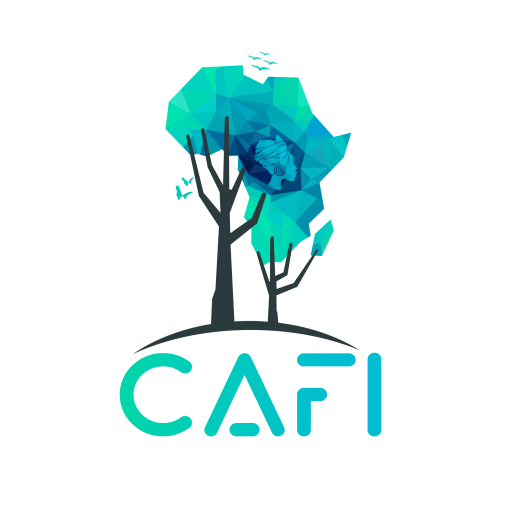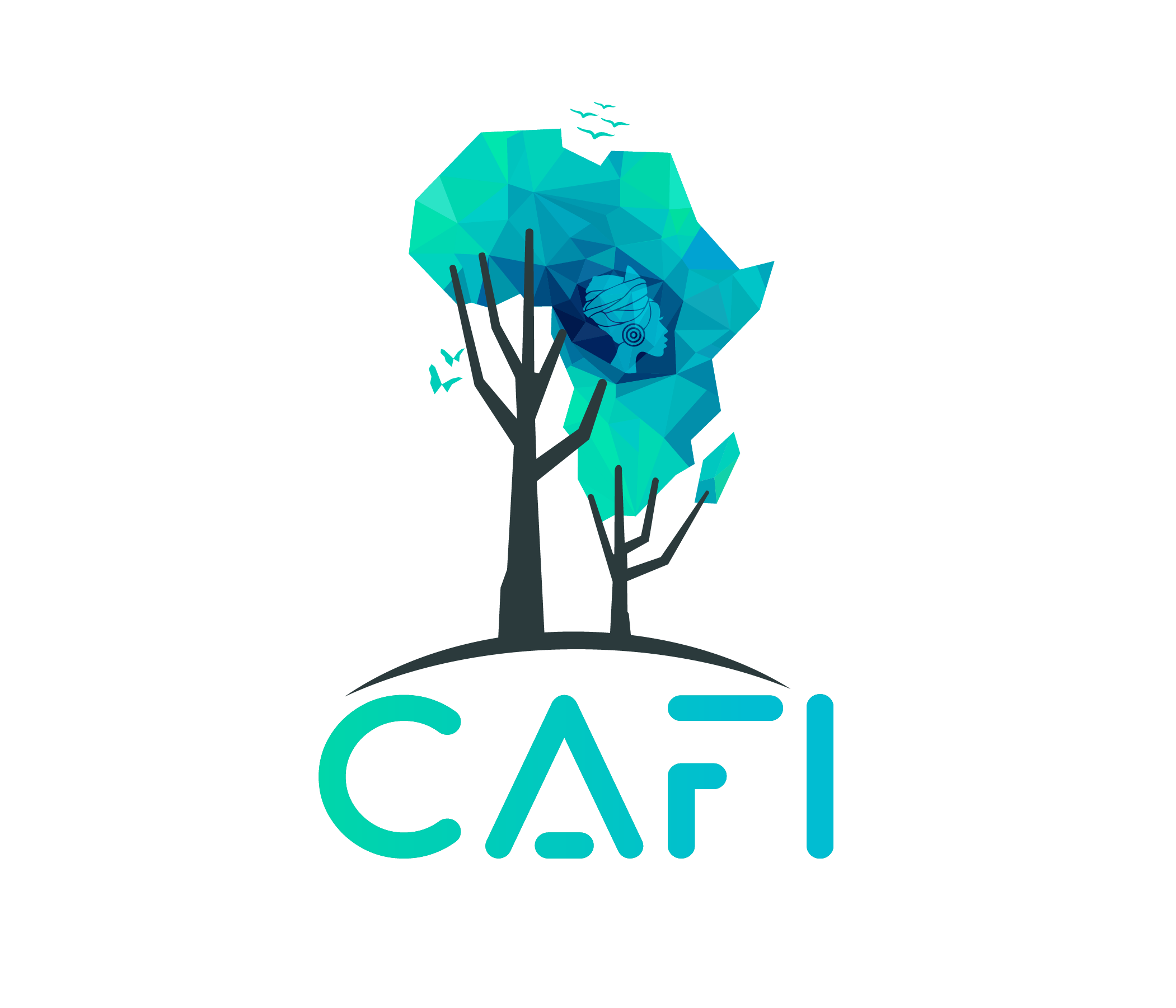The Grand Mbam landscape reflects several of Cameroon’s national challenges: expanding subsistence farming, growing population, poorly coordinated land use, and a lack of sustainable development opportunities. Located at the edge of the Congo Basin in the forest–savanna transition zone, this area is strategically important for biodiversity conservation and holds significant agricultural potential. Close to the capital Yaoundé, the Grand Mbam landscape accounts for over a quarter of national cocoa production. The government, through the Ministry of Agriculture and Rural Development (MINADER), aims to transform it into a major agricultural production hub, and preparing, with funding from the African Development Bank, a Support Program for the Strengthening of Agricultural Production (PARPAC), which will facilitate the settlement of large-scale agricultural producers in the central plain.
Integrated Grand Mbam landscape
Timeline
Objectives
Overall Objective
The Integrated Grand Mbam landscape supports Cameroon’s structural economic transformation, aligned with the National Development Strategy 2030 (SND30), by promoting sustainable landscape-level planning and implementing payment for environmental services (PES) mechanisms. It forms part of the start-up phase of CAFI (Central African Forest Initiative) and aims to pilot decentralized, scalable approaches to integrated land use planning and PES in forest-rich areas of Cameroon.
6 Key Outputs
Output 1: Territorial Planning with Local GovernmentsTargeting the areas of Mbangassina, Bokito, Yoko, and Ngambé-Tikar, the project will support the development and implementation of Local Land Use and Sustainable Development Plans (PLADDT), strengthen local planning capacity, map and characterize High Conservation Value Forests and align local development plans with sustainable land use. To achieve this, participatory diagnostics, mapping, and spatial planning of SDG objectives will be used.
Output 2: National Adaptation of PES Mechanisms
Output 2 seeks to pilot CAFI's PES systems in Cameroon by testing PES schemes in six representative clusters with varying deforestation and degradation profiles, integrate PES into PLADDT, align with FODECC financial mechanisms, using remote sensing + mobile data for monitoring and use CAFI's PES centralised information system
Output 3: Deforestation-Free Agriculture
With the objective of supporting sustainable agriculture intensification without forest loss, the project will expand pilot projects beyond cocoa to food crops, livestock, and non-timber forest products (NTFPs), with a target of 2,000 producers across 10,000 ha, and organize cluster-based investments to improve logistics, infrastructure, and market access.Output 4: Rural Infrastructure for Market Access
In order to reduce isolation and improve value chains, the project plans to develop a strategic master plan for rural infrastructure, involve local producers in investment decisions and align infrastructure investments with forest conservation goals. The project seeks to rehabilitate over 80+ km of rural roads, construction of at least 6 processing units and advance sustainable industrialization of selected sectors.

